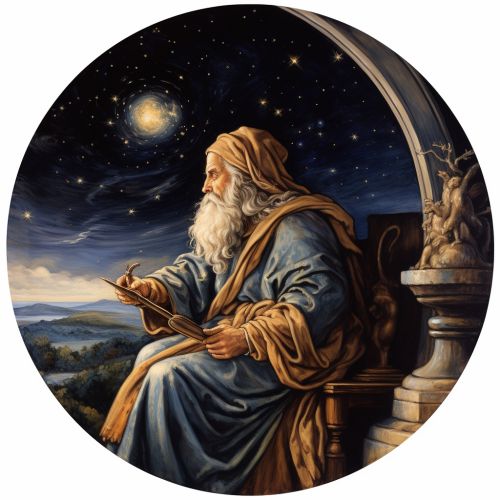Hipparchus
Early Life and Education
Hipparchus was born in Nicaea, Bithynia, a province of the Roman Empire, in approximately 190 BC. Little is known about his early life and education, but it is believed that he may have studied in Alexandria, Egypt, which was a major center of learning at the time.
Career and Contributions
Hipparchus is best known for his work in astronomy. He is often considered the founder of trigonometry, as he was the first to tabulate corresponding values of arc and chord for a series of angles. Hipparchus's other significant contributions include the discovery of the precession of the equinoxes and the compilation of the first comprehensive star catalog.


Hipparchus's discovery of the precession of the equinoxes, a slow westward shift of the equinoxes along the plane of the Earth's orbit, was a major breakthrough in astronomy. He made this discovery by comparing his own measurements of the positions of stars with those recorded by earlier astronomers, and noticing that the positions had shifted in a systematic way.
Hipparchus's star catalog, which contained data on about 850 stars, was another significant achievement. He categorized stars by their brightness and position in the sky, which laid the groundwork for the modern system of stellar classification.
Later Life and Legacy
Hipparchus spent his later years on the island of Rhodes, where he continued his astronomical observations until his death around 120 BC. His work had a profound influence on later astronomers, including Ptolemy, who used Hipparchus's star catalog as the basis for his own work.
Hipparchus's contributions to astronomy and trigonometry have earned him a place as one of the greatest scientists of the ancient world. His methods of systematic observation and precise calculation set a standard for scientific research that is still followed today.
